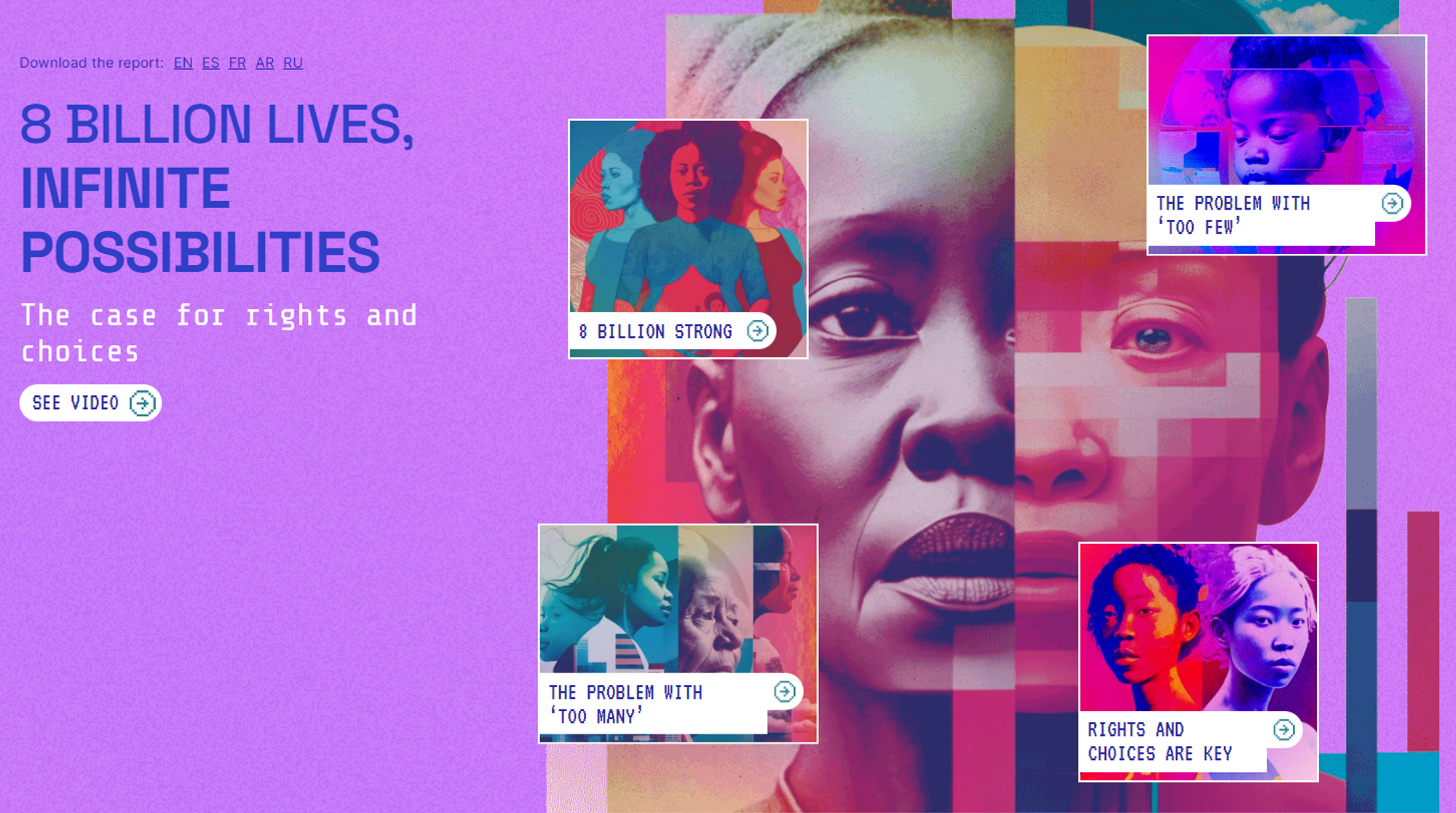
【Special Topic】Green Anniversary - World Population Day
What is the population on Earth right now? According to the UN report, the world population surpassed 8 billion people by 15 November 2022, and this number will reach 85 billion in 2030, and 97 billion by 2050. Number of persons has grown by 8 times in over 200 years, with all kinds of population problems, such as population health, population ageing, gender equality, poverty, human migration, and so on. 11 July 1987 was designated symbolically by the UN as the date on which the 5 billionth person was born. Two years later in 1989, this date was established officially by the UN as World Population Day, aiming to increase people’s understanding on population issues, and call on the public to raise awareness on related problems, in order to improve the quality of life for the global population.
Components of populations grow or shrink include increase in life-span, cities development, human migration and so on. One critical reason is fertility rate. According to the research data of the United Nations Population Fund(UNFPA), it is common for governments to design population policies to raise, sustain or decline the fertility rates, in order to solve social problems caused by populations. But the UNFPA 2023 State of World Population report also illustrates that usually, it’s pointless to try to influence fertility rates. Trying to control it would rather bring a consequence of women’s rights or lives being violated. When women and girls are empowered to make choices about their bodies and lives, they and their families thrive - and their societies thrive as well.
